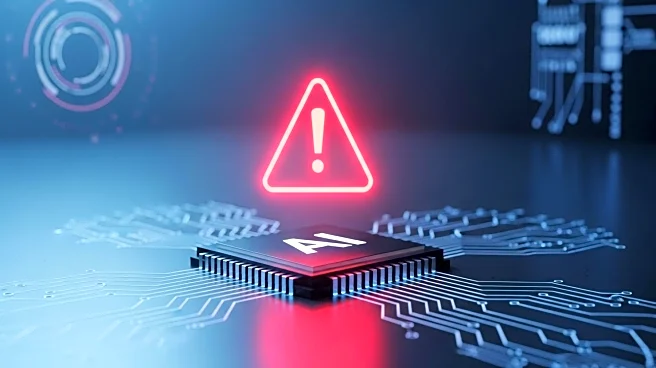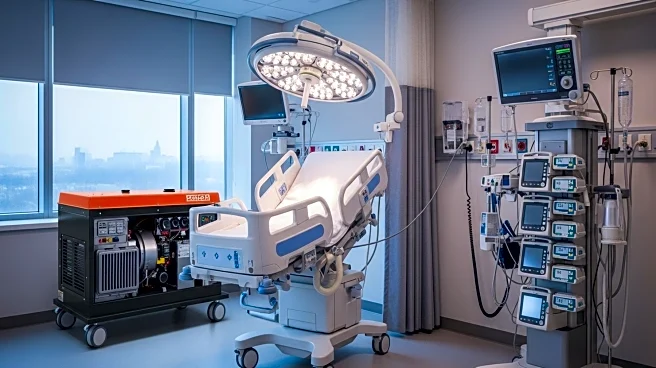What's Happening?
Healthcare organizations are increasingly focusing on strengthening their business continuity and disaster recovery (BCDR) plans to mitigate risks associated with downtime. Key factors contributing to downtime include ransomware attacks, over-reliance on third-party cloud providers, and human error. While natural disasters have historically been a significant cause of downtime, their impact has lessened due to the widespread adoption of cloud migration, which offers redundancy through multiple data centers. Organizations with on-premises data centers are advised to ensure these facilities are located in areas with minimal environmental risks. To prevent or reduce downtime, healthcare systems are encouraged to invest in resilient infrastructure and implement cyber-specific recovery programs. These programs are crucial in recovering from incidents like ransomware attacks that can encrypt critical systems such as Active Directory domain controls. Additionally, healthcare organizations are advised to follow documented incident response plans during attacks and conduct regular simulations to test and update their continuity plans.
Why It's Important?
The enhancement of BCDR plans in healthcare is vital for ensuring uninterrupted patient care and maintaining operational stability. Downtime can severely impact clinical operations, leading to potential risks for patient safety and financial losses for healthcare providers. By investing in robust infrastructure and cyber-specific recovery strategies, healthcare organizations can safeguard against prolonged outages and ensure continuity of care. This proactive approach not only protects critical systems but also helps maintain trust and reliability in healthcare services. Furthermore, the ability to quickly recover from cyberattacks and other disruptions is essential for maintaining compliance with regulatory standards and avoiding penalties. As healthcare systems become more reliant on digital technologies, the importance of resilient BCDR plans continues to grow, making them a critical component of healthcare management.
What's Next?
Healthcare organizations are expected to continue refining their BCDR strategies by partnering with technology experts to assess and improve their current plans. This includes identifying gaps, providing recommendations, and conducting regular tests to ensure readiness for unexpected downtime. Organizations may also explore new technologies and best practices to enhance their recovery capabilities. As cyber threats evolve, healthcare systems will need to adapt their strategies to address emerging risks and ensure their infrastructure can withstand extended outages. Collaboration with experienced partners will be crucial in achieving these goals and maintaining a high standard of care and operational efficiency.
Beyond the Headlines
The focus on BCDR in healthcare highlights broader implications for the industry, including the need for increased cybersecurity measures and the integration of advanced technologies. As healthcare systems become more interconnected, the potential for cyber threats increases, necessitating a comprehensive approach to security and recovery. Additionally, the emphasis on continuity planning underscores the importance of resilience in healthcare operations, which can influence policy decisions and resource allocation. The shift towards more robust BCDR plans may also drive innovation in healthcare technology, leading to new solutions that enhance patient care and operational efficiency.










